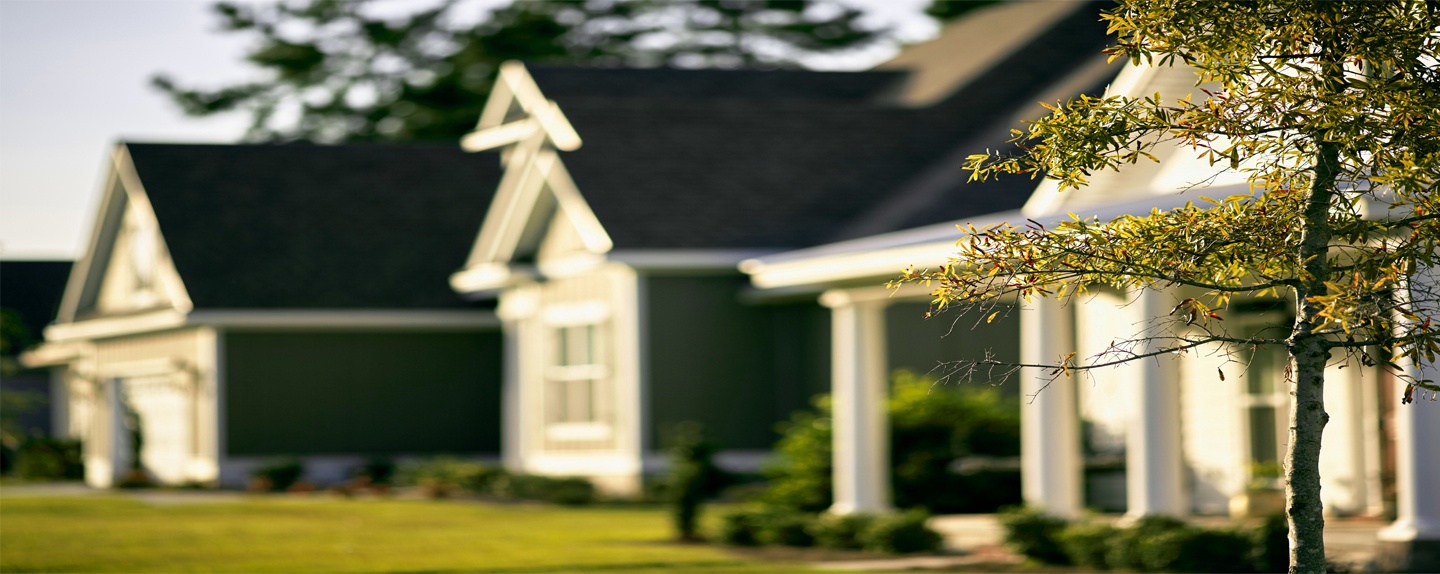Grubs live a few inches beneath the surface of the soil and can do a significant amount of damage to lawns. They feed on the roots of the grass which can kill patches of your lawn, leaving you with reoccurring brown patches. Although they go dormant in the winter, mature grubs resurface each year and begin to feed on the root system all over again.
Signs To Look For
When it comes to identifying whether you have a grub infestation or not, there are several signs you can look out for:
- Animals digging up your lawn in search for grubs
- You have dead, brown patches in your lawn
- You have sponge-like areas that feel like fresh sod
- Moths flying around the surface of your lawn, bed, and gardens
Lastly, and the more obvious sign, is if you physically see grubs in your lawn. To do this, you may have to pull back a few small patches of your lawn in order to investigate. If you see more than five grubs per square foot, this is a sign that you have an infestation.
Preventative Vs. Curative
Curative treatments can be costly, so it is best to apply an annual preventive grub treatment. Preventive grub is best applied in the summer months. These products are intended to fight off any future grub larvae you could have, to prevent any from hatching and feeding on the root system.
If you already have an infestation of grubs, you will need a curative treatment called Dylox. The active ingredient in Dylox is trichlorfon.
Once this is put down the insects ingest it, and it breaks down the functioning of their nervous system. When this product is applied, it is best to thoroughly water the area to help activate the ingredient and enhance the results.
Repairing Grub Damage
There are a few options you can do to help repair lawn damage caused by grubs.
One option is to remove the dead grass for new to grow. Raking over the top layer of thatch can help loosen any areas of dead grass you have, without causing damage to the roots. If you rake and water properly, you should start to see new grass begin to fill out the bare spots around the lawn.
Another option is to reseed. After you remove the damaged areas, sprinkle a handful of seeds across freshly loosen fertilized soil. You will want to make sure you are watering regularly for the seeds to sprout and begin to grow.
Lastly, you can replace the affected areas with sod. This option will be more expensive but will show results almost immediately.
If you're looking for more information on lawn care in the North Shore area or are simply ready to speak with someone about your lawn care needs, go to www.GrassmasterPlus.com or call 978-769-3595 for a free quote today!

